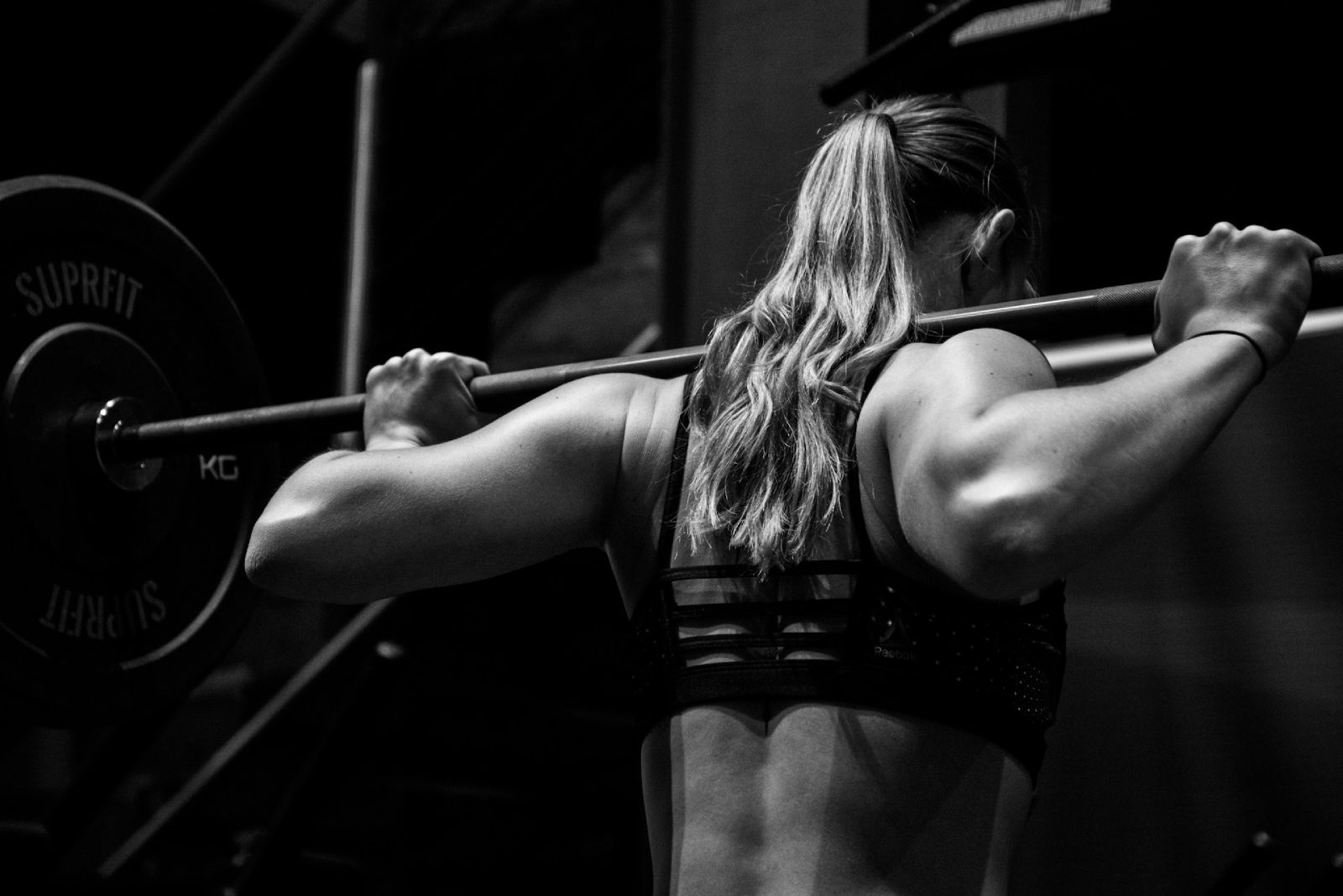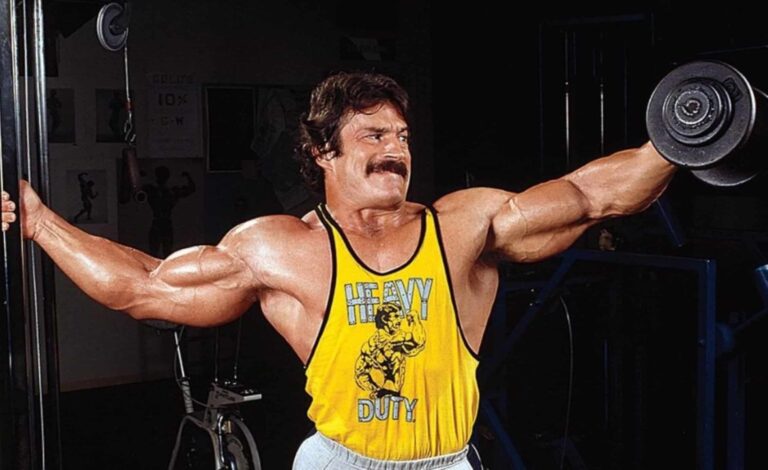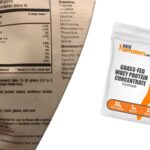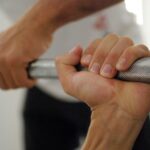The Push/Pull/Legs (PPL) split has become a staple in bodybuilding and powerlifting routines due to its balance, versatility, and effectiveness. By grouping muscle groups according to their movement patterns, this split allows lifters to target multiple areas while avoiding overworking a single muscle group, making it ideal for sustainable progress in both strength and muscle growth.
Overview of Push/Pull/Legs Training
The PPL split organizes workouts by muscle function:
- Push: Exercises for the chest, shoulders, and triceps
- Pull: Exercises for the back and biceps
- Legs: Exercises targeting the quadriceps, hamstrings, glutes, and calves
This structure enables lifters to train efficiently, focusing on specific movements and muscle groups each session.
Benefits of Push/Pull/Legs Training
The PPL split offers several benefits that make it suitable for both beginner and experienced lifters:
- Muscle Recovery: By dividing workouts by movement, each muscle group has ample time to recover before being worked again.
- Balanced Development: Ensures each major muscle group gets adequate attention, supporting balanced strength and symmetry.
- Adaptability: Whether you’re aiming for hypertrophy, strength, or endurance, the split’s flexibility in exercise selection and frequency makes it adaptable to your specific goals.
- Simplicity and Efficiency: Workouts are straightforward, focusing on primary compound movements that yield significant progress over time.
Sample Push/Pull/Legs Split
PPL can be organized in several ways based on training frequency, but here is a standard six-day setup:
| Day | Muscle Group | Exercises |
|---|---|---|
| Monday | Push | Bench Press, Overhead Press, Dumbbell Fly, Tricep Pushdown |
| Tuesday | Pull | Deadlift, Pull-Up, Bent-Over Row, Barbell Curl |
| Wednesday | Legs | Squats, Lunges, Leg Press, Calf Raise |
| Thursday | Push | Incline Bench Press, Lateral Raise, Skull Crushers |
| Friday | Pull | T-Bar Row, Lat Pulldown, Face Pull, Hammer Curl |
| Saturday | Legs | Romanian Deadlift, Leg Extension, Leg Curl, Calf Raise |
| Sunday | Rest |
This routine provides balanced training for each muscle group twice a week, which many lifters find optimal for growth and strength gains.
4 Key Features of the PPL Split
1. Flexibility in Frequency
- 3-Day PPL: Suitable for beginners, training each muscle group once per week.
- 6-Day PPL: Ideal for intermediate to advanced lifters, allowing each muscle group to be targeted twice weekly for increased volume and growth.
2. Exercise Selection and Rep Range
- Compound Movements: Each workout starts with heavy compound exercises (e.g., squats, bench press) for strength and overall mass.
- Isolation Exercises: Follow-up with targeted isolation movements to improve muscle definition and enhance mind-muscle connection.
- Rep Range: Typically, 4-6 reps for strength, 8-12 reps for hypertrophy, and 12-15+ reps for endurance.
3. Progressive Overload
- Increase weight, reps, or sets over time to stimulate muscle growth continually.
- Weekly or bi-weekly increases help avoid plateaus and ensure continued adaptation.
4. Rest Periods
- 60-90 seconds for isolation exercises
- 2-3 minutes for compound lifts to allow full recovery before the next heavy set.
Day-by-Day Breakdown of PPL Routine
Let’s dive deeper into each workout day with exercise examples, sets, and rep ranges to help you build an effective PPL routine.
Push Day: Chest, Shoulders, and Triceps
| Exercise | Sets | Reps |
|---|---|---|
| Bench Press | 4 | 6-8 |
| Overhead Shoulder Press | 4 | 8-10 |
| Dumbbell Chest Fly | 3 | 10-12 |
| Lateral Raise | 3 | 12-15 |
| Skull Crushers | 3 | 10-12 |
| Tricep Rope Pushdown | 3 | 12-15 |
Focus: Compound exercises like the bench press and overhead press hit multiple muscle groups, while isolation exercises like lateral raises and tricep pushdowns refine specific areas, supporting muscle symmetry and balance.
Pull Day: Back and Biceps
| Exercise | Sets | Reps |
|---|---|---|
| Deadlift | 4 | 5-6 |
| Pull-Up | 3 | 8-10 |
| Bent-Over Row | 4 | 8-10 |
| Lat Pulldown | 3 | 10-12 |
| Face Pull | 3 | 12-15 |
| Barbell Curl | 3 | 10-12 |
Focus: Deadlifts, pull-ups, and rows strengthen the back and engage the core, with bicep curls rounding out the workout for complete upper body pull strength.
Leg Day: Quadriceps, Hamstrings, and Calves
| Exercise | Sets | Reps |
|---|---|---|
| Squat | 4 | 6-8 |
| Romanian Deadlift | 4 | 8-10 |
| Leg Press | 3 | 10-12 |
| Lunges | 3 | 10 per leg |
| Leg Curl | 3 | 12-15 |
| Calf Raise | 4 | 15-20 |
Focus: Squats and deadlifts are the foundation of leg strength, while exercises like lunges and calf raises add volume for comprehensive lower body development.
How to Adjust the PPL Split for Your Goals
- Strength Focus: If strength is your goal, prioritize lower reps (4-6) on compound lifts like squats, deadlifts, and bench presses, with longer rest periods to allow for maximum effort.
- Hypertrophy Focus: For muscle growth, increase the rep range (8-12) and reduce rest time slightly, focusing on the mind-muscle connection and achieving a good muscle pump.
- Endurance and Shaping: Use higher reps (12-15+) on isolation exercises, with shorter rest times, to improve muscle endurance and shape.
Tips for Success on the Push/Pull/Legs Split
- Focus on Form: Proper form is crucial to prevent injuries, especially for compounds like deadlifts and squats.
- Mind-Muscle Connection: Concentrate on the muscles you’re targeting, particularly during isolation exercises.
- Track Your Progress: Whether through a workout app or a notebook, tracking each session ensures you’re progressing over time.
- Recovery: Ensure adequate sleep and recovery time, as PPL’s volume can be taxing. For those following the 6-day version, prioritize active recovery on rest days.
Who Should Use the Push/Pull/Legs Split?
The PPL split works well for:
- Beginners: Starting with a 3-day version, beginners can develop strength and technique.
- Intermediate Lifters: A 4- or 6-day PPL split adds volume and intensity, ideal for those with some experience.
- Natural Lifters: It allows for frequent stimulation and recovery, which benefits those lifting without performance enhancers.
Sample Push/Pull/Legs Split for Beginners (3 Days per Week)
| Weekday | Focus | Exercises |
|---|---|---|
| Monday | Push | Bench Press, Overhead Press, Tricep Pushdown |
| Wednesday | Pull | Deadlift, Pull-Up, Barbell Curl |
| Friday | Legs | Squat, Lunges, Calf Raise |
This beginner-friendly plan allows for full recovery between sessions and a straightforward introduction to the PPL method.
Conclusion
The Push/Pull/Legs split is a flexible, efficient, and balanced approach to bodybuilding, suitable for almost any lifter’s goals. It can be tailored for those aiming to build muscle, increase strength, or improve muscle endurance. Whether you’re a beginner or a seasoned lifter, PPL’s focus on structured movement and muscle-specific training makes it a valuable routine for achieving a well-rounded, muscular physique.
Discover more from IncogNatty
Subscribe to get the latest posts sent to your email.









